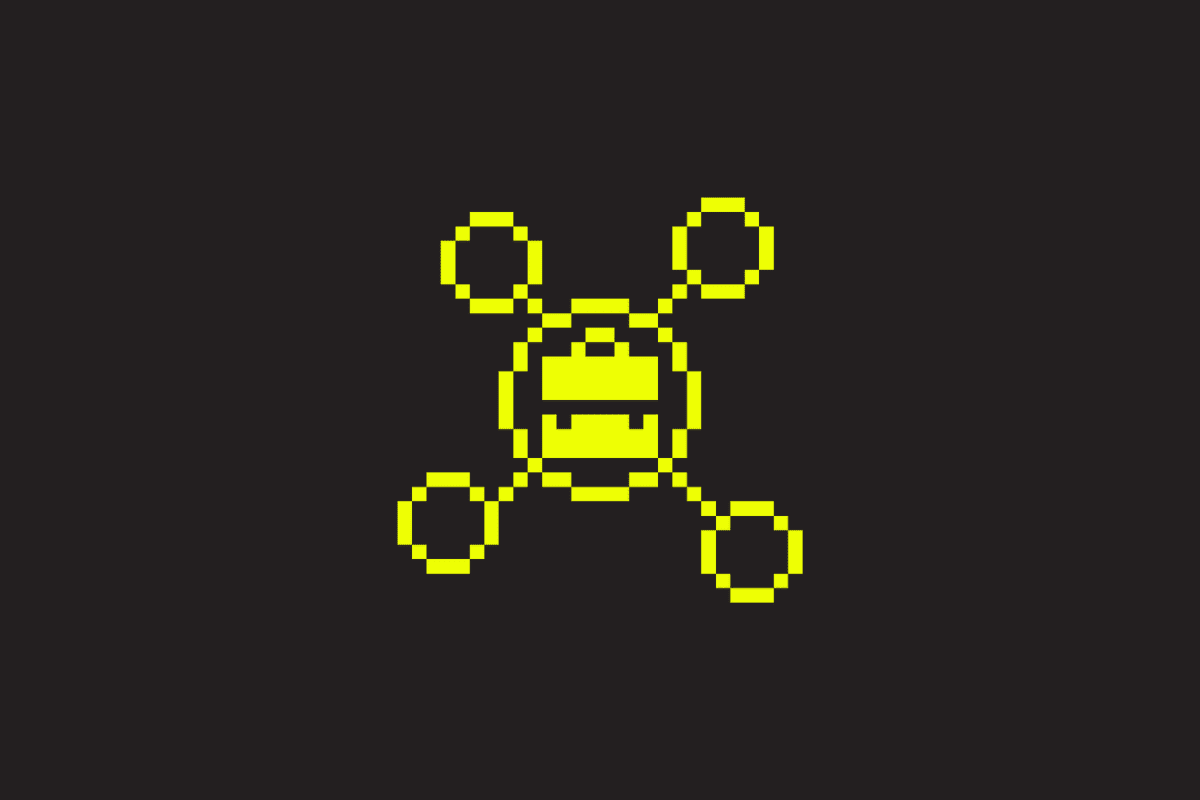Crashlytics offers great crash reporting for mobile teams, and it’s the go-to tool that everyone is familiar with. However, it often lacks the context needed to solve the biggest business-impacting issues in mobile.
Therefore, many mobile teams realize that they need a different tool to take their mobile experiences to the next level.
Specifically, they need a tool that provides comprehensive data to address the toughest crashes and performance regressions. For this reason, we decided to put together a list of some of our favorite Crashlytics alternatives so that you can improve your mobile experiences and spend less time identifying, prioritizing, and solving each issue.
Embrace
Embrace is an ideal solution for mobile teams that require impeccable mobile app performance as it offers the data they need to not only diagnose any issue, but also solve it. For example, in Crashlytics, you’ll be able to see how many times your app crashes, but you won’t be able to dive deep into the specific user sessions that led up to each crash.
However, Embrace collects 100% of the behavioral and technical data from 100% of sessions. You get the full details for every session for every user, including views/activities, logs, network calls, device state, and more. Instead of manually reproducing issues, you can look up any user experience and know exactly what went wrong.
In addition, Embrace provides both targeted and proactive alerting. For known issues, your engineers can set precise thresholds and time windows to reduce noise. For issues your team cannot predict, such as failing third party SDKs, you will be notified of outages whether they result in crashes, errors, or failing network calls.
Another added benefit over Crashlytics is that Embrace collects, transforms, sends, and processes data in near real-time. Crashlytics frequently has delays in processing data up to 24 hours, but with Embrace, as soon as an issue happens, your mobile team can access that information. For mobile teams monitoring new releases or live events, this immediacy is crucial for minimizing outages.
While Crashlytics can help solve crashes, it is not suited to improve mobile app performance. With Embrace, you can track the timing and outcome of key user flows like startup, add to cart, and checkout. You can see where slowness or failures result in users abandoning your app. Understanding every cause of churn is crucial for delivering the most compelling user experiences. Without a solution that offers mobile observability, this is next to impossible.
The Google Play Store will penalize mobile apps that have high ANR rates. Mobile teams cannot effectively solve ANRs with the single stack trace that Crashlytics provides. Because Embrace captures the complete details of every user session, we provide teams with multiple ANR solving options, including multiple stack trace analysis and powerful flame graphs.
In addition, Embrace provides insights that highlight where issues disproportionately affect your business. At a glance, you can see where crashes, ANRs, OOMs, and user terminations are over-indexed across attributes like OS, country, device, and last captured view. For example, crashes happening on a checkout screen versus a product detail screen most likely have vastly different impacts on your business. You can thus dedicate engineering resources on the issues that matter the most.
To recap, here are just a few of the top reasons why many mobile teams choose Embrace:
- 100% of the data for 100% of sessions
- Proactive alerting
- Real-time dashboards
- Performance monitoring
- ANR stack trace flame graphs
- Issue insights
If you want to see for yourself how Embrace can empower your mobile team to make better and faster decisions, sign up for a demo today.
Bugsnag
Bugsnag is another Crashlytics alternative that offers error monitoring and stability information.
To break this down, stability is a metric that represents crashes and error logs. Therefore, it will show the mobile team any issue that resulted in a crash or an error log, though it won’t show user interruptions that never resulted in an error log or a crash.
For example, it won’t provide visibility into full user experiences. Teams that want visibility into how users react to slow, failing, missing, or out of order elements will not have enough information to easily track down the root cause.
So for Crashlytics users that currently only have access to basic crash information, a tool like Bugsnag can provide more information on error logs.
Bugsnag also offers ANR reporting similar to the Google Play Console, and they track overall OOM metrics. In general, Bugsnag provides much more context around each issue than Crashlytics. However, you won’t have any network monitoring or other performance monitoring.
Bugsnag is also an event-based tool. So it is structured similarly to Crashlytics in that it measures application performance by individual events rather than full user sessions. In fact, its pricing is based on the number of events that you track.
Therefore, Bugsnag is probably best suited for mobile teams that only want to track specific events and don’t want a full overview of all mobile metrics and complete user sessions. Another reason teams might use Bugsnag is that they already figured out all of their performance issues in testing and only really need crash reporting context.
Instabug
The next tool that many mobile teams use instead of Crashlytics is Instabug. While it offers all of Crashlytics’ crash reporting, its strength is gathering user feedback and using that feedback to solve crashes and performance issues.
For example, if a user interacts with your app and comes across an issue, they can shake the app and report the bug to your team. In fact, users can even add screenshots and chat with the team to provide more context on what they did before the issue occurred.
This feature is great for QA teams to report errors quickly during testing. Users can also request features in the app, which gives product managers helpful feedback from users about their experiences.
However, the data this tool collects is based on user feedback – not full user session data. So engineers may only receive limited information from users, making it difficult to solve the issue. In addition, some users may not report the issue, meaning plenty of other users will probably experience the issue before the mobile team is even aware of it.
Given that the user is essentially the alerting system, Instabug doesn’t offer a built-in alerting system.
Aside from the user feedback, they also offer an Apdex score, which is essentially a health score focusing on these metrics:
- Crashes
- App launches
- App traces
- Network calls
- UI hangs
Therefore, it offers plenty of basic performance and crash metrics, though you won’t have access to the full user session to solve it.
You might be a good fit for Instabug if your primary workflow for issue resolution is through investigating user-submitted reports. Instead of relying on detailed session data, your engineers can reproduce issues via the screenshots and steps that users share.
Sentry
Sentry offers a mobile product that does error tracking and performance monitoring for mobile teams.
Therefore, you get all the core data you’d find in Crashlytics, as well as crashes and error logs on the server-side, making it a good option for those that want an end-to-end error reporting tool.
In addition, Sentry recently released a Mobile Vitals metric that shows the number of slow and frozen frames users encounter as well as your app’s startup time.
However, Sentry is not built to provide detailed data on the full user experience. Instead, it’s designed to add different levels of visibility on top of capturing individual events. For example, you can configure the threshold required to report an ANR, but you cannot leverage mobile-first solving methodologies like multiple stack traces or flame graphs.
In short, Sentry might be a good option if your primary concern is error monitoring. Mobile teams have access to more context than Crashlytics provides for identifying the root cause of issues.
New Relic
New Relic is an option that focuses on network monitoring. It’s an APM that some mobile engineers use instead of Crashlytics, though the brand’s primary offering is its backend tool.
Therefore, many mobile teams use New Relic because the mobile product is significantly discounted (or even free) to teams that use New Relic for their backend.
Nonetheless, New Relic does offer many of the same crash reporting capabilities as Crashlytics, and if network monitoring is a major pain point for you, New Relic may be a good tool.
Final Thoughts
While Crashlytics is still the go-to tool for most engineers, forward-thinking mobile teams realize that they can solve issues more efficiently with better tooling.
Therefore, consider giving one of these other tools a try.
If you’re looking for a platform that provides a data driven toolset to help mobile engineers build better experiences and the complete technical and behavioral details of every user experience, consider Embrace. You can try us for free or schedule a demo to see for yourself how Embrace can help your team deliver exceptional mobile experiences.




